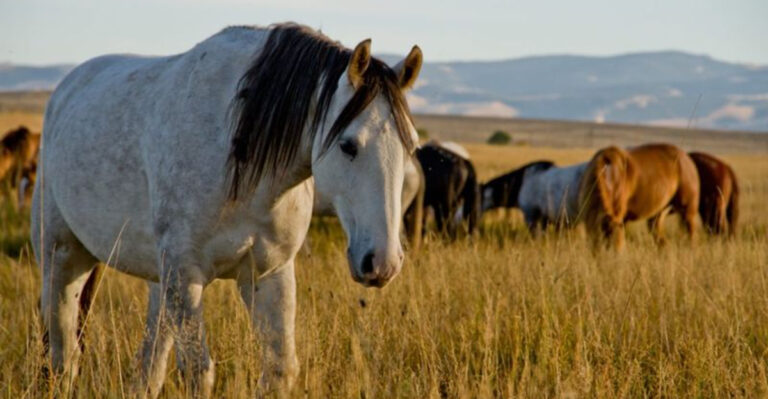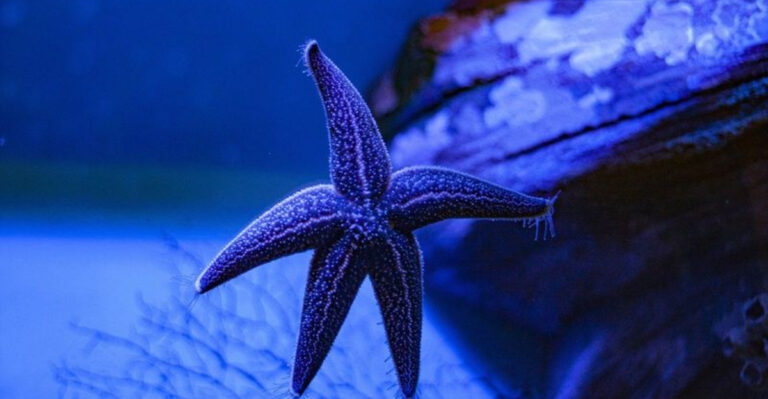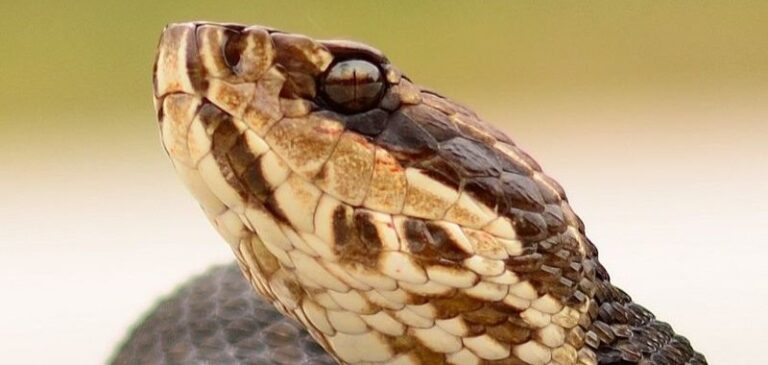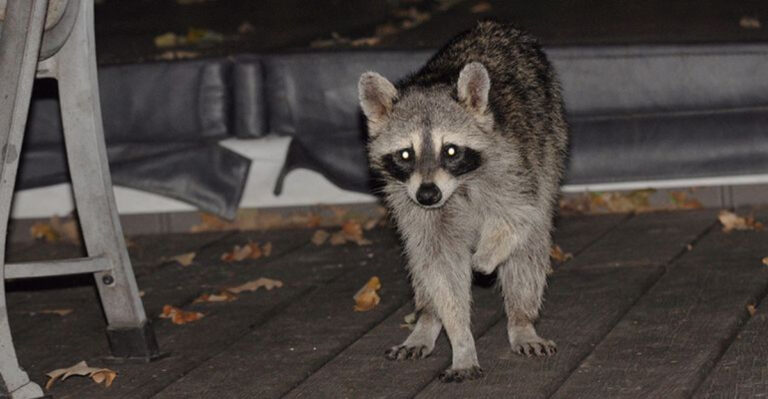Why Horses Hold A Special Place In Celtic And Mongolian Mythology
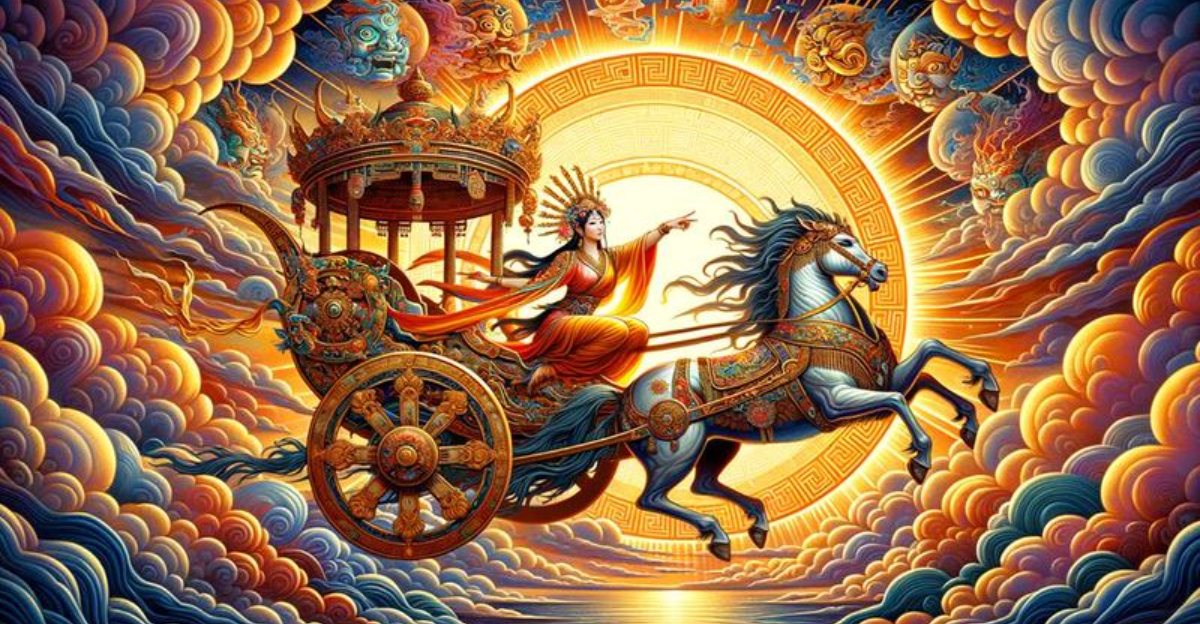
Horses gallop through the ancient stories of both Celtic and Mongolian cultures, carrying with them power, magic, and deep spiritual meaning.
These magnificent creatures weren’t just transportation – they were bridges between worlds, companions to gods, and symbols of freedom and strength.
The way these two distinct cultures, separated by vast distances, both placed horses at the center of their mythology reveals just how deeply these animals have influenced human imagination throughout history.
Divine Messengers Between Worlds

Horses in both Celtic and Mongolian traditions weren’t ordinary animals – they were cosmic travelers with the unique ability to move between realms. The Celts believed horses could cross the veil separating our world from the Otherworld, carrying messages from ancestors and spirits.
Mongolian shamans relied on spiritual horse guides during their soul journeys, riding these mystical steeds through different levels of reality. This shared belief in horses as boundary-crossers gave them an almost sacred status.
When someone spotted a white horse in Celtic lands, they often considered it an omen or messenger. Similarly, Mongolian folklore tells of spirit horses appearing at crucial moments to deliver warnings or blessings from the gods.
Companions To Heroes And Gods
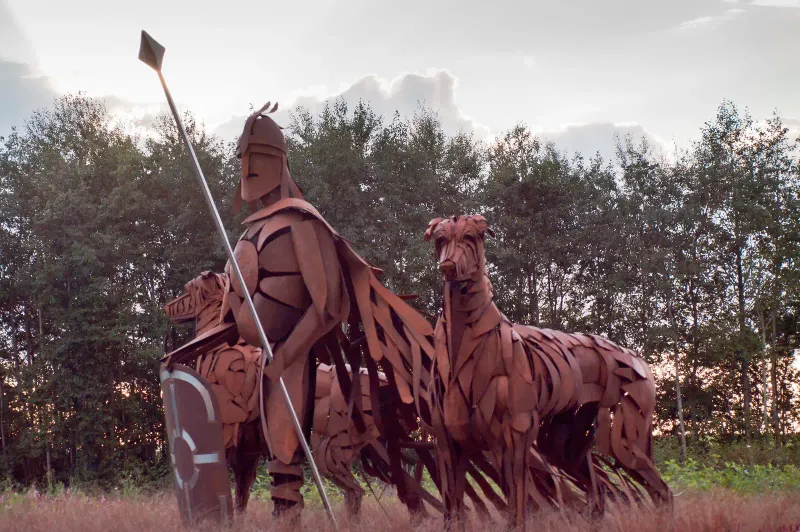
Famous horses stood shoulder-to-shoulder with legendary figures in both cultures’ stories. Remember the Celtic hero Cú Chulainn’s mighty chariot horses, Grey of Macha and Black of Saingliu? These weren’t just animals but partners who fought alongside him in battle with almost human understanding.
Mongolian epics feature similar bonds, like the legendary Khokhoo Namjil’s horse Raven who could speak and possessed magical wisdom. These special horses often showed extraordinary loyalty, sometimes sacrificing themselves for their riders.
Gods, too, claimed special equine companions. The Celtic goddess Epona was inseparable from her horses, while Mongolian sky deities rode flaming steeds across the heavens.
Symbols Of Sovereignty And Power

Owning a magnificent horse wasn’t just about transportation – it represented royal power itself. Celtic kings performed special ceremonies with white horses to prove their right to rule. Some ancient accounts even describe rituals where kings symbolically married horse goddesses to secure their kingdoms!
The Mongolian khans took this connection even further. Genghis Khan’s legendary mount, described as having tiger’s strength and deer’s speed, became almost as famous as the conqueror himself.
Horse imagery decorated royal items in both cultures – appearing on Celtic coins and royal banners, while Mongolian leaders’ horses received elaborate burials with precious ornaments. The message was clear: control the horse, control the kingdom.
Psychopomps Guiding Souls To The Afterlife
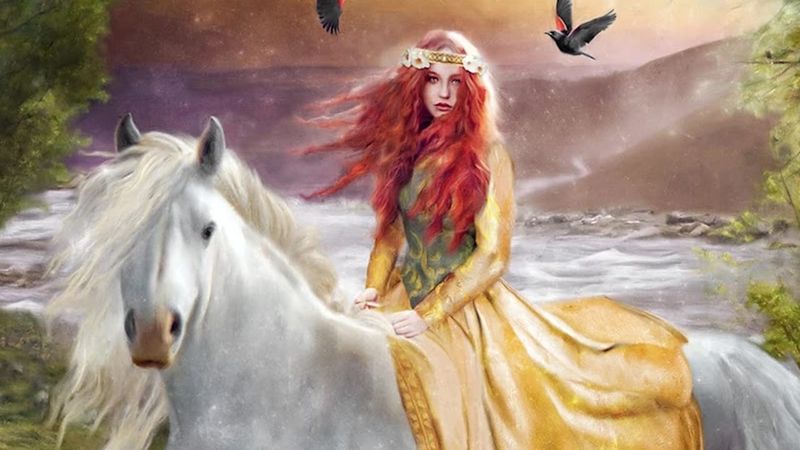
When death approached, both Celts and Mongolians looked to horses as guides for the final journey. Celtic burial sites often included horse remains or symbolic horse items to help transport the deceased to the next world. The goddess Epona herself sometimes served as a guide, leading souls safely across the threshold on horseback.
Mongolian funeral practices featured similar beliefs. Horse sacrifices ensured the dead would have mounts in the afterlife. Special horses called “wind horses” carried prayers and souls upward to the heavens.
These death-horses weren’t feared but welcomed – trusted companions ensuring no soul would travel alone into the unknown realms beyond life.
Water Horses And Shape-Shifters
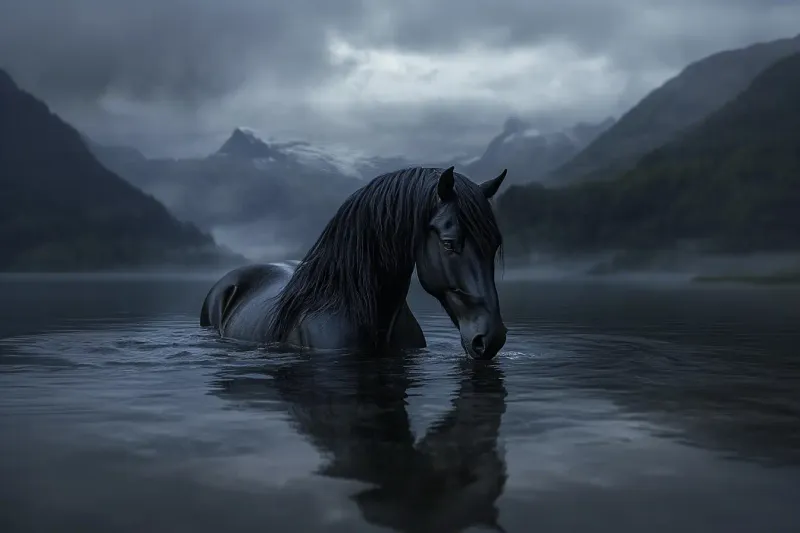
The kelpie haunted Scottish lochs – a beautiful horse that lured unsuspecting riders onto its sticky back before dragging them underwater! These Celtic water horses appeared in various forms across Ireland, Scotland and Wales, sometimes bringing doom, other times blessing or protecting sacred waters.
Mongolian mythology features similar shape-shifting equines like the magical Lus, horse spirits associated with water that could transform into human form. Both cultures saw these water horses as powerful, unpredictable forces demanding respect.
Unlike regular horses, these supernatural creatures controlled their own destiny. Meeting one might bring tremendous fortune or terrible fate – making every encounter with an unusual horse a moment of both wonder and caution.
Celestial Horses Of The Sun And Moon
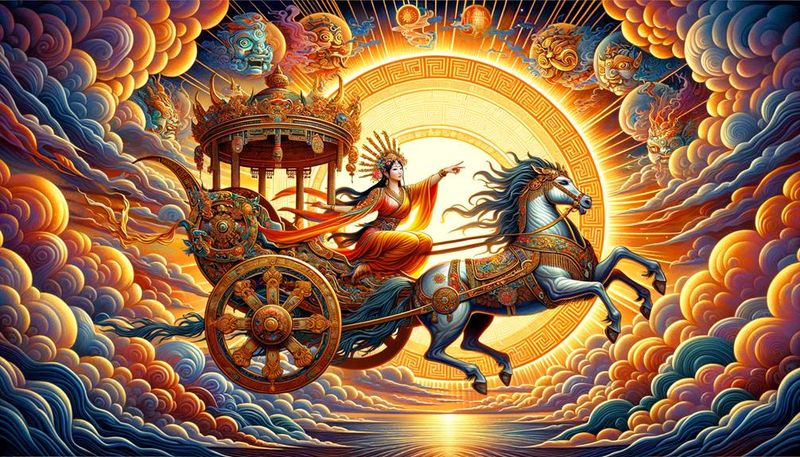
Look up at the sky in Celtic and Mongolian myths, and you’ll find horses pulling the very chariots of celestial bodies! The Celtic sun god Lugh rode across the heavens in a horse-drawn chariot, bringing daylight to the world. His blazing horses created the daily cycle of light and darkness.
Mongolian mythology features similar cosmic equines. The epic tales speak of heavenly horses carrying the sun and moon across the sky. Some stories tell of star-horses whose galloping formed the Milky Way itself!
These celestial steeds weren’t just symbolic – people believed actual horses had descended from these divine ancestors, explaining why horses seemed to possess such otherworldly beauty and power.
Fertility And Creation Symbols
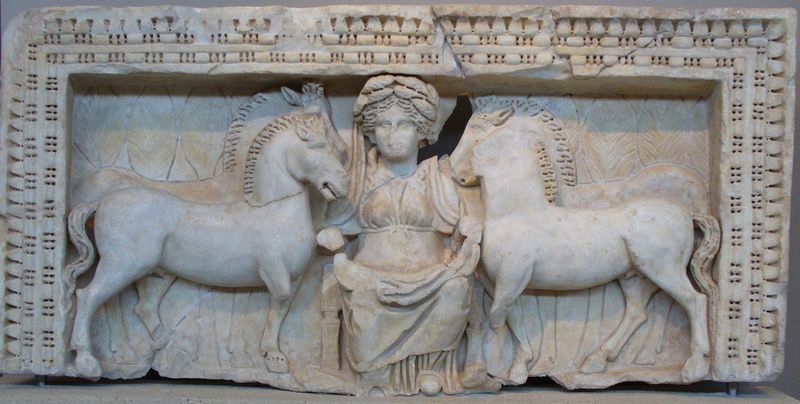
Horses galloped right into the heart of fertility beliefs in both cultures. The Celtic horse goddess Epona wasn’t just about riding – she brought abundance, protected mothers during childbirth, and ensured fields produced plentiful crops. Horse symbols appeared on Celtic fertility amulets worn by women hoping to conceive.
Mongolian creation myths often feature horses in world-making roles. Some stories tell how the first horses emerged from the primordial waters alongside the earth itself.
Both cultures connected horses with springtime renewal. Special ceremonies involved decorating horses with flowers and herbs to encourage nature’s rebirth. The thundering hoofbeats of horses were likened to life-giving rain, awakening the sleeping earth.
Sacrificial Offerings To The Gods
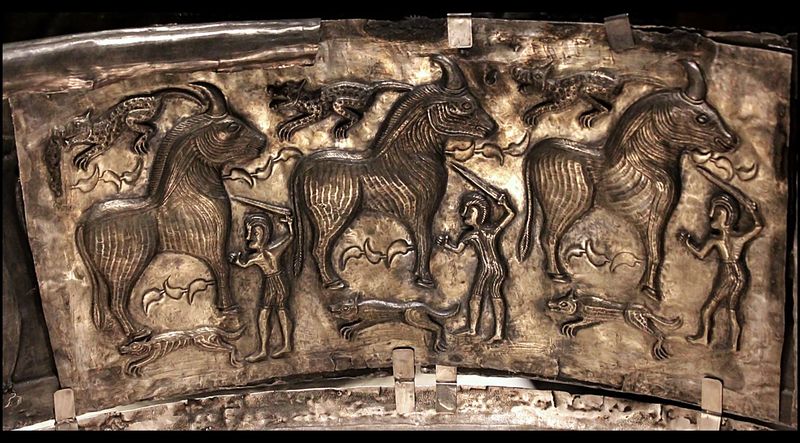
Horse sacrifices represented the ultimate gift to the gods in both cultures. White horses especially held sacred status for Celtic rituals – their blood and flesh believed to carry tremendous spiritual power. Archaeological evidence shows special horse burial sites across Celtic territories.
Mongolian sky worship centered around similar practices. The most important ceremonies included horse sacrifices to honor Tengri, the supreme sky deity. Unlike other animals, horses weren’t just food offerings but spiritual messengers.
These sacrifices weren’t taken lightly. Only the finest horses would suffice, representing a tremendous economic and spiritual investment. The horse’s spirit was believed to carry prayers directly to divine realms, creating a sacred bridge between humans and gods.
Battle Companions With Supernatural Powers
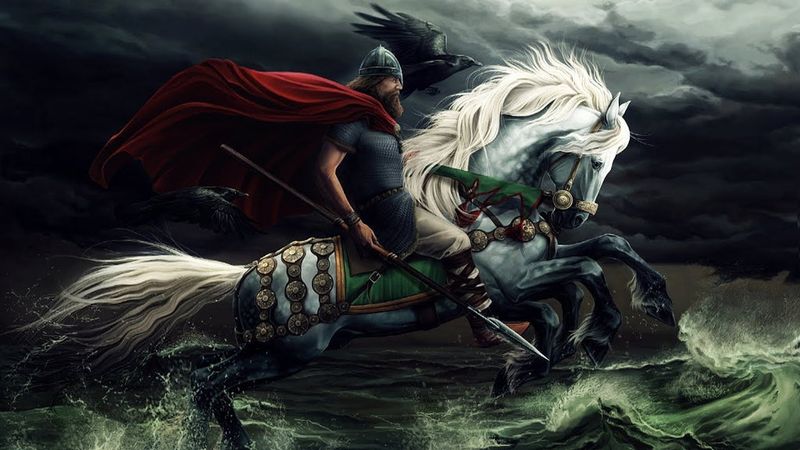
War horses in these mythologies weren’t just transportation – they were supernatural allies with powers matching their riders! Celtic tales describe horses that could predict the outcome of battles by stomping certain patterns or neighing at specific moments. Some legendary mounts could even breathe fire or run across water.
Mongolian epic heroes rode equally fantastic steeds. The famous horse Khulan could leap over mountains and understand human speech perfectly. These battle companions often saved their riders through magical foresight or extraordinary abilities.
Both cultures believed a true bond between warrior and horse created an unbeatable team. Special pre-battle rituals strengthened this connection, sometimes involving shared food or blood to forge a spiritual link that enemies couldn’t break.
Guardians Of Sacred Wells And Springs
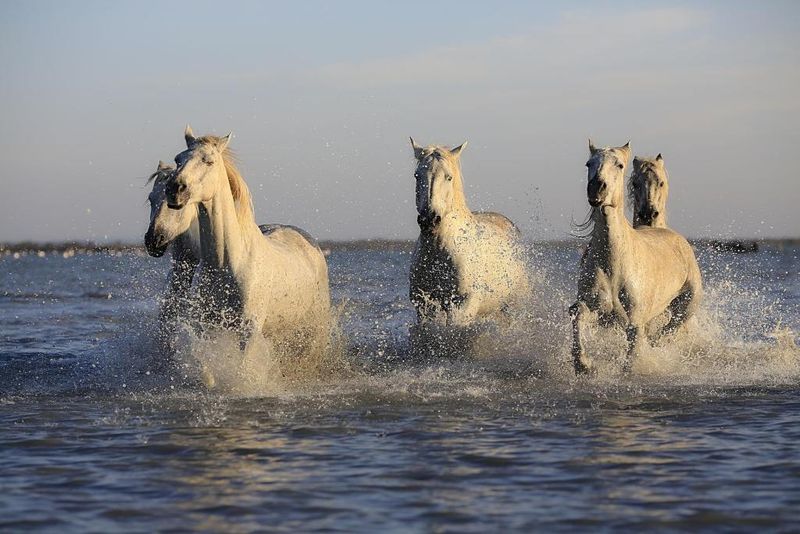
Horses watched over the most sacred water sources in Celtic lands. Stories tell of mysterious white mares appearing near holy wells, their presence blessing the waters with healing properties. People left offerings shaped like horses at these sites, hoping to access their protective power.
Mongolian traditions similarly connected horses with special water sources. Some remote springs were said to have been created by the strike of a divine horse’s hoof. Drinking from these horse-blessed waters could grant visions or healing.
Both cultures taught that disrespecting these equine guardians would cause wells to dry up or become poisoned. The horse’s connection to water represented life itself – a precious resource requiring proper reverence and care.
Prophetic Dream Messengers
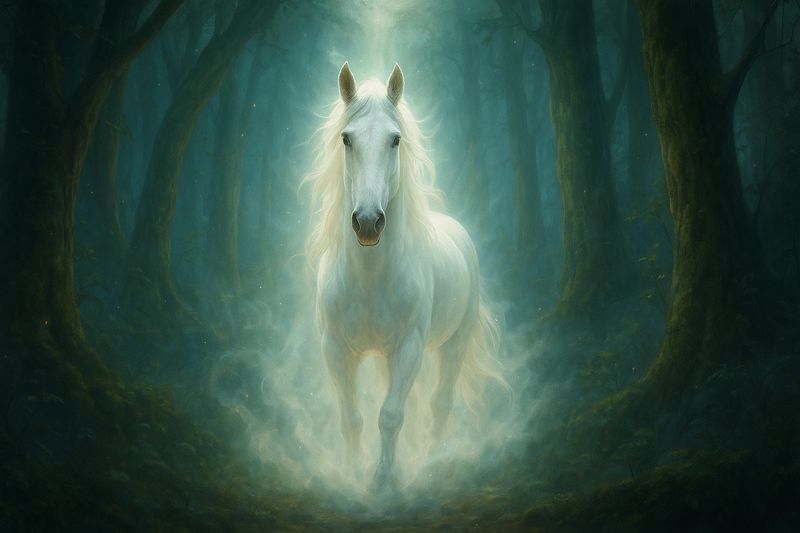
Dreams featuring horses carried special significance for both Celts and Mongolians. A white horse galloping through nighttime visions might announce an important birth or impending change. Celtic seers paid particular attention to the direction a dream-horse faced – north meant death approached, while east signaled new beginnings.
Mongolian shamans actively sought horse dreams as gateways to prophecy. They believed spirit horses could reveal hidden knowledge through dream encounters.
Both traditions included rituals to invite beneficial horse dreams. People might sleep with horse hair under their pillows or recite special prayers before sleeping. The appearance of a horse in dreams wasn’t random but a deliberate message from spiritual realms requiring careful interpretation.
Soul Animals And Spirit Twins
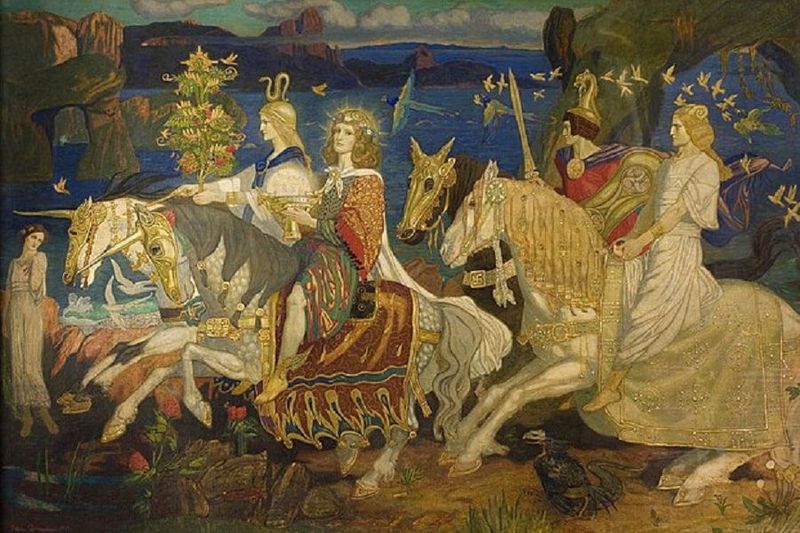
Many Celtic and Mongolian myths feature people with horse counterparts or “soul animals.” The famous Celtic hero Macha gave birth to twins alongside her mare, creating a mystical connection between human and horse offspring. Some warriors were said to have horse-spirits that fought alongside them invisibly.
Mongolian shamans took this concept even further, believing each person had a horse-spirit twin or guardian. Finding and connecting with this spiritual horse companion was essential for health and good fortune.
Both cultures practiced rituals to strengthen these horse-human bonds. Special braided patterns in a child’s hair might mirror horse mane styles, while naming ceremonies sometimes included horse-related elements to acknowledge this spiritual connection from birth.


